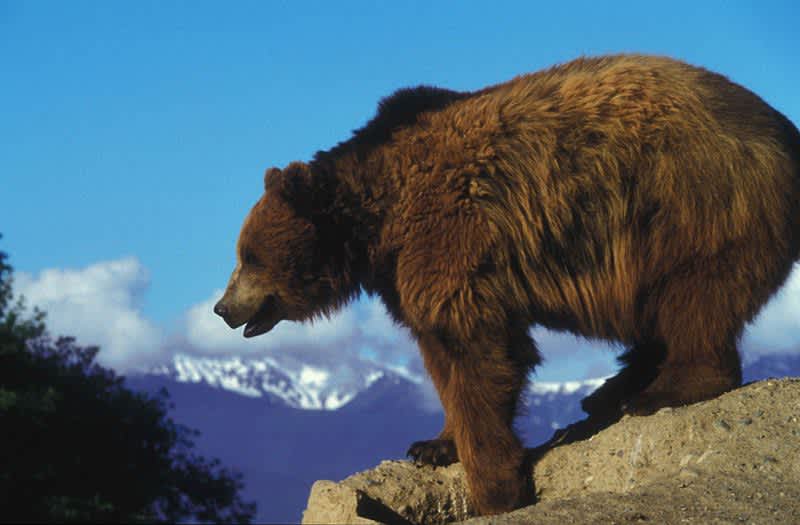NPS Considers Restoring Grizzly Bears to the North Cascades
OutdoorHub Reporters 08.26.14

Last week the National Park Service (NPS) announced that it will begin a three-year process to restore grizzly bears in Washington’s North Cascades. The Environmental Impact Statement will explore the feasibility of bringing back the grizzly, and provide wildlife officials with a variety of options in doing so.
“This is the first stage of a multi-step process to help inform decisions about grizzly bear restoration in the North Cascades ecosystem,” said National Park Service Director Jonathan B. Jarvis in a press release. “The National Park Service and our partners in this effort haven’t made any decisions about the bear’s restoration at this time as federal law requires us to look at a range of options, including not restoring grizzlies to the area.”
The announcement was quickly followed by praise by conservation groups, who have long urged federal and state authorities to restore the grizzly population.
“This is huge news, for the Pacific Northwest and for grizzly bears,” said Joe Scott of Conservation Northwest. “It marks the potential turning point in the decade’s long decline of the last grizzly bears remaining on the U.S. West Coast. Without recovery efforts, these bears may soon be gone forever. This week’s announcement renews hope that this wilderness icon will roam the North Cascades for generations to come.”
Grizzly bears have always existed in the North Cascades ecosystem, yet they are so rare now that they are commonly known as “ghost bears.” According to NPS officials, as few as 30 to 50 grizzlies are left in the 13,600-square mile region that comprises the North Cascades. The Seattle Times reports that the last time officials confirmed a grizzly sighting was in 2010, when a hiker managed to snap a photograph of a bear within North Cascades National Park. It was a different story before 1860, when grizzlies were commonplace in the region.
“Keeping grizzly bears in and around North Cascades National Park protects this great natural legacy for generations to come,” said Rob Smith, Northwest Regional Director for National Parks Conservation Association. “Millions of people live within minutes of this spectacular piece of wild America, and that’s worth protecting.”
The grizzly bear was first inducted in Washington’s endangered species list in 1980. A grizzly recovery plan was drafted two years later, and the North Cascades was mentioned in a revised version in 1997. Although the process to reintroduce the bears will be a lengthy one, not everyone is excited to see the grizzlies return. Some residents and outdoor enthusiasts are especially concerned that grizzlies, as opposed to the black bears already living in the area, could pose a threat. Conservationists do not view this as a major concern, pointing instead to those states already with grizzly bear populations.
“Even though thousands of people live, work and recreate in bear country every year from Wyoming to Montana, Idaho and Washington state, grizzly bear attacks are extremely rare,” said filmmaker and bear expert Chris Morgan. “With some education and awareness, steps to recreate safely in grizzly country are really pretty easy and straightforward.”
The NPS is expected to begin the evaluation process this fall.

